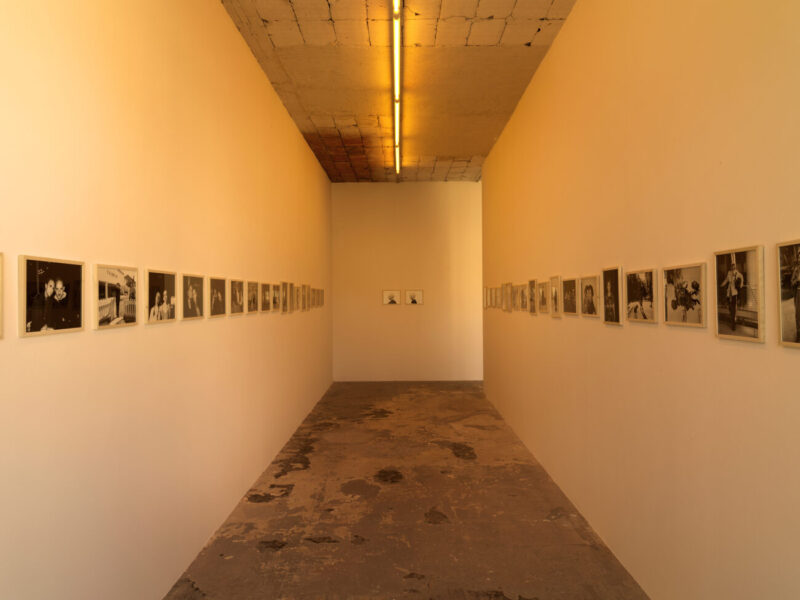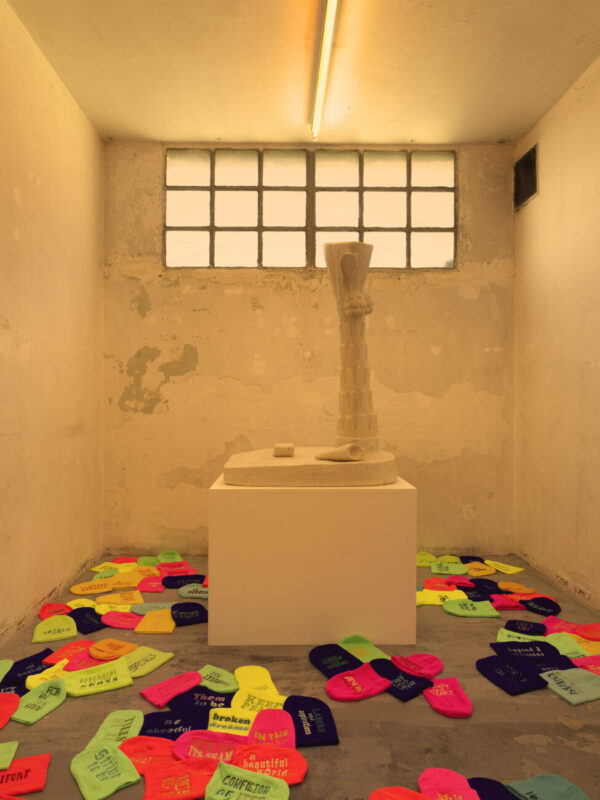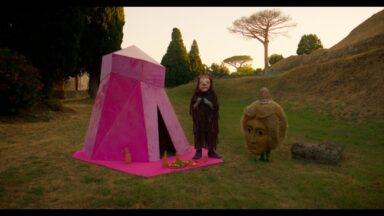R.E.M. founder and musician Michael Stipe on show at Fondazione ICA in Milan
The ICA Milano Foundation is thrilled to unveil “I have lost and I have been lost but for now I’m flying high,” a major solo exhibition by Michael Stipe (1960, USA), the multifaceted visual artist and iconic frontman of the band R.E.M. Running from Tuesday, December 12, 2023, to Saturday, March 16, 2024, this extraordinary project, specially crafted for the ICA Milano Foundation, is curated by Alberto Salvadori, the institution’s director. With a focus on portraiture interpreted through a diverse range of mediums, from photography to ceramics, sculpture to audio works, the exhibition showcases over 120 pieces, including previously unseen and recently produced artworks, providing an intricate overview of Michael Stipe’s artistic exploration.
The project weaves together the concepts of homage and vulnerability, themes inherent in Stipe’s figurative representation of the human experience. The title of the exhibition arises from a conversation between the curator and the artist, where Stipe identifies vulnerability as a propulsive force, challenging conventional notions that often stigmatize it as a burden or weakness. In the accelerated chaos of contemporary life, Stipe views vulnerability as a powerful survival tool and a broader philosophical approach to charting new paths.
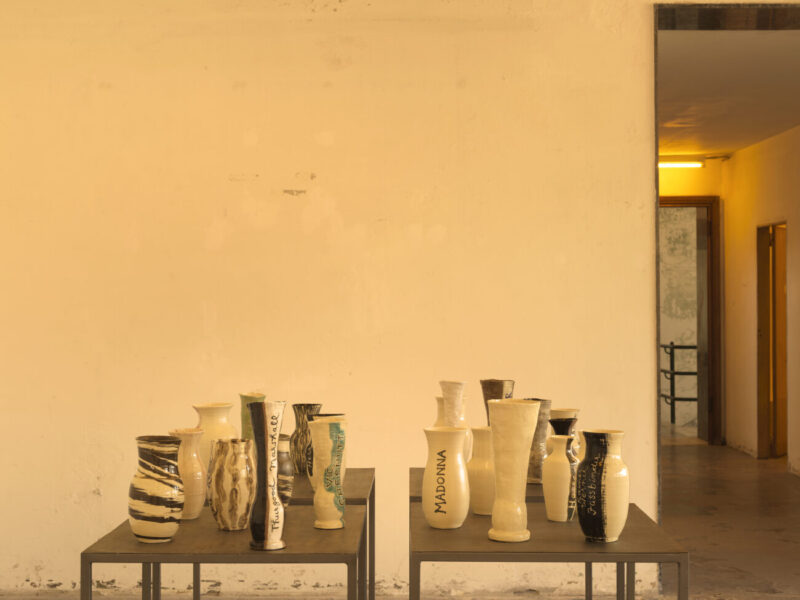
In an intimate dialogue with the curator published in the exhibition booklet, Michael Stipe explains, “Vulnerability becomes a superpower… A map that describes the challenges of our present while highlighting new opportunities and a renewed understanding of our significance, not only for ourselves but also for those around us, our communities, our world. In this moment, I choose to focus on the most precious, the brilliance, the beauty, and the playfulness of life. I have lost and I have been lost, but for now, I’m flying high.”
Central to the exhibition is the renowned poem “Desiderata” (1927) by Max Ehrmann. Specifically, works directly alluding to the poem, such as Desiderata2027 and Desiderata Teleprompter, deconstruct and reconfigure the original text, generously expanding and amplifying the themes of vulnerability within it through Stipe’s personal vision, inviting a broader interpretation from the audience.
The artist’s enduring interest in portraiture is evident across various media in the exhibition. Starting to capture photographs at the age of 14, Stipe initially portrayed his heroes, including Freddie Mercury, the Ramones, Tom Verlaine, and Patti Smith. Later, he documented the community of artists and musicians in Athens, Georgia, of which he has been a central part since the early 1980s. These relationships, built and maintained over the last four decades, blend mentorship, friendship, and collaboration intimately.
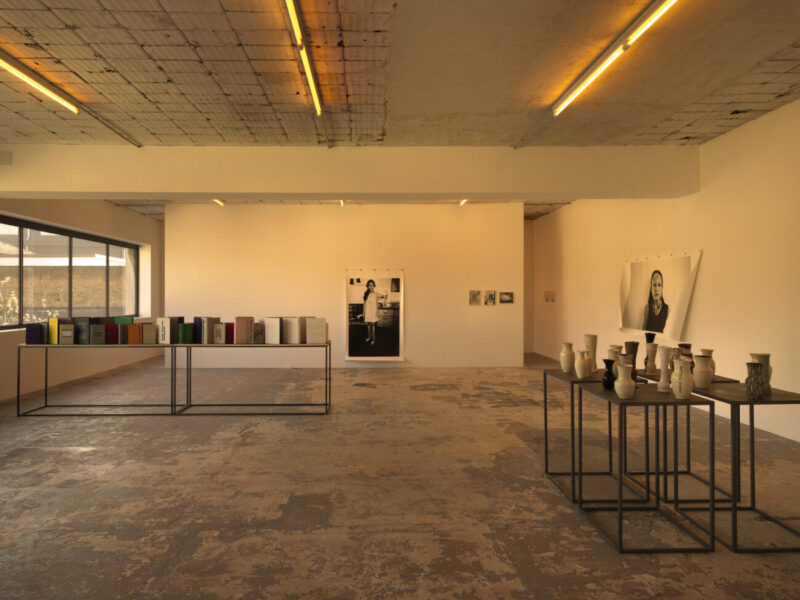
For the exhibition, Stipe has created works embodying the multitude of roles these individuals have played in his life, from their representation as subjects to their involvement in the physical creation of the works themselves. Essential to the multimedia works interpreting Desiderata are artists Angie Grass and Libby Hatmaker, while artist Michael Oliveri, Stipe’s production director, and ceramist Caroline Wallner collaborated on the sculptures. Photographer David Belisle, long responsible for Stipe’s studio, meticulously hand-printed each photograph in the exhibition through a series of analog processes.
The photographic portraits on display reconstruct his most recent publication, often capturing sincere moments of his life in Athens, Georgia, New York, the south of France, and Berlin. These works serve as a devotion to his loved ones, including his mother, two sisters, goddaughter, boyfriend, the artist Thomas Dozol, and longtime friends, directors Tom Gilroy and Jim McKay. Celebrating his friends translates into a series of tributes to his heroes, rendered through Stipe’s idiosyncratic approach to non-figurative portraiture. These works take the form of intricate sculptures composed of book covers without pages, created in collaboration with printer Ruth Lingen, each bearing the name of a subject as a title, using unlikely typographic and chromatic choices as a means to channel the essence of a person’s character.
